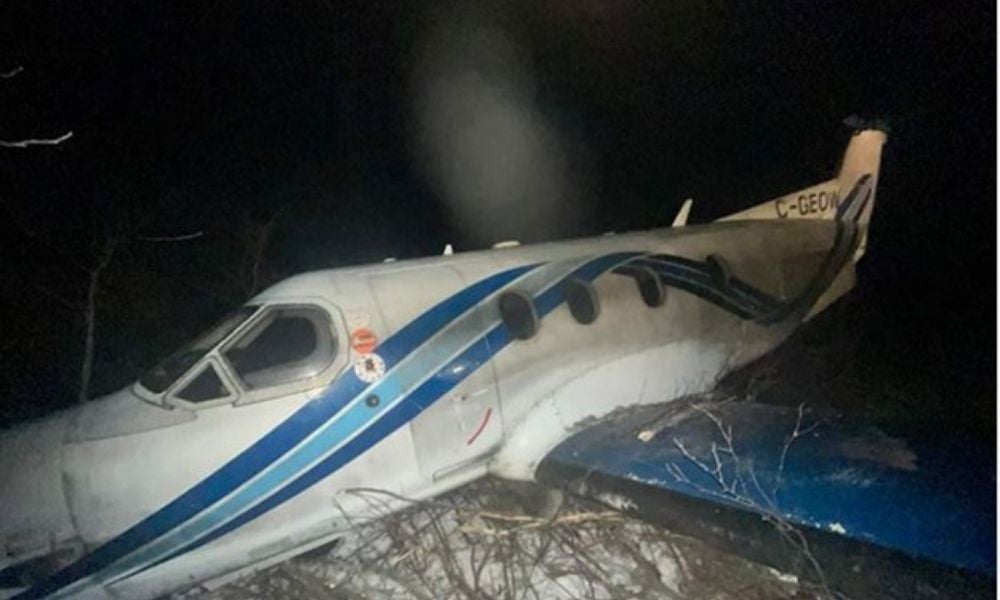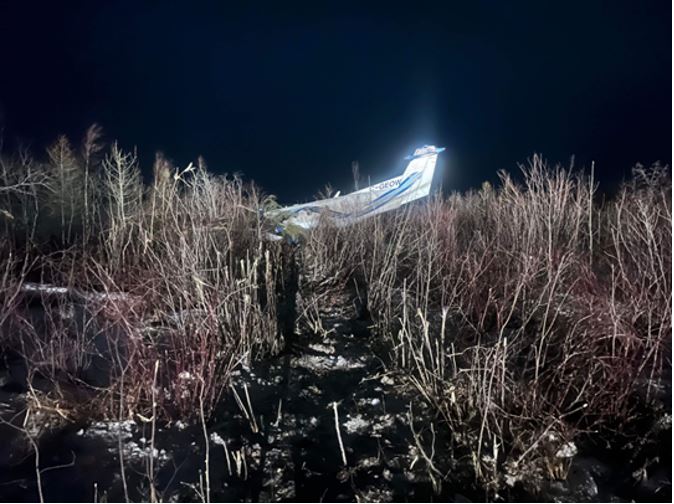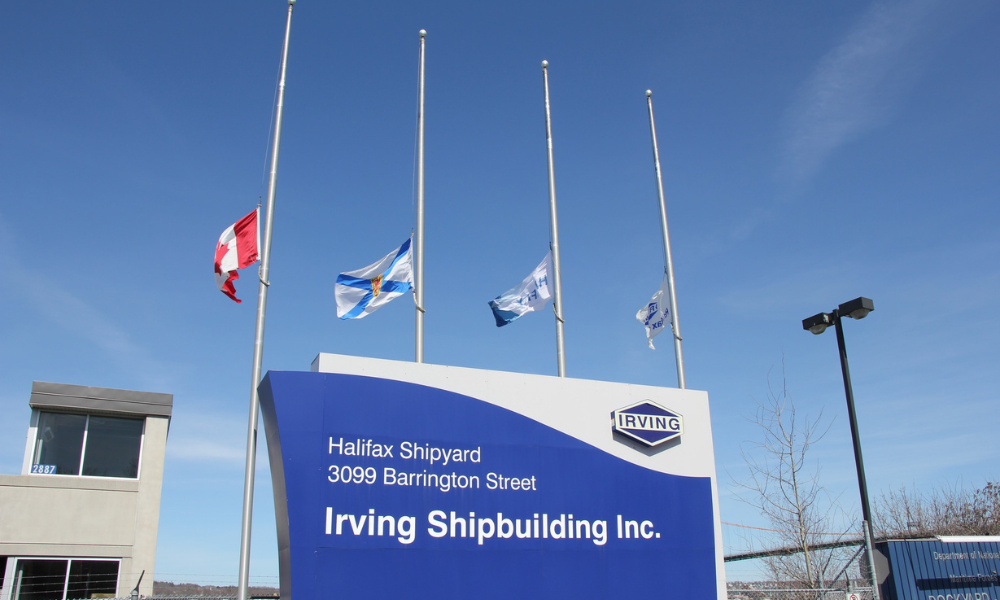Incident took place at Kasabonika Airport in Ontario in November 2023

The Transportation Safety Board of Canada (TSB) concludes its investigation into a runway overrun incident at Kasabonika Airport, Ontario, involving a North Star Air Pilatus PC-12/45. The incident occurred on November 21, 2023, when the aircraft, carrying six passengers and two crew members, overran Runway 03 during landing. Though the aircraft sustained considerable damage, no injuries were reported.
According to the TSB report, the aircraft landed on a runway covered in “compacted snow” that reduced friction, resulting in the plane “exiting the runway end by approximately 350 feet.” The investigation reveals that the aircraft touched down at a speed that made stopping within the runway’s available length unfeasible under the prevailing conditions. The TSB notes, “The aircraft’s ground speed at landing was higher than recommended for such surface conditions, which contributed to the runway overrun.”
 (Occurrence aircraft at rest beyond end of runway (Source: TSB via Ministry of Transportation of Ontario, with permission)
(Occurrence aircraft at rest beyond end of runway (Source: TSB via Ministry of Transportation of Ontario, with permission)
The report also points out that the flight crew encountered weather and runway conditions that required a rapid adjustment to landing expectations. The crew selected the short gravel runway based on initial information about weather and visibility, but deteriorating conditions upon arrival limited braking effectiveness. As the TSB explains, “the compacted snow on the runway surface reduced the braking force, and despite the crew’s efforts, the aircraft was unable to stop in time.”
 (One of the main landing gear tires with damage from the heavy skidding (Source: TSB via North Star Air Ltd., with permission)
(One of the main landing gear tires with damage from the heavy skidding (Source: TSB via North Star Air Ltd., with permission)
Since the incident, North Star Air has implemented procedural adjustments aimed at reducing risks associated with adverse weather landings. These include enhanced guidelines for approach and landing speeds in challenging runway conditions. The TSB emphasizes that while no specific regulatory changes are recommended, “operators should maintain awareness of approach speeds and runway conditions to ensure safe landings, particularly in remote airports where weather can rapidly change.”
The TSB concludes that, while this event underscores the risks associated with landing on snow-covered runways, the incident also demonstrates the importance of continued vigilance and adherence to recommended landing speeds in poor conditions. The TSB’s findings contribute to broader efforts to enhance runway safety, especially in Canada’s northern and remote regions.





